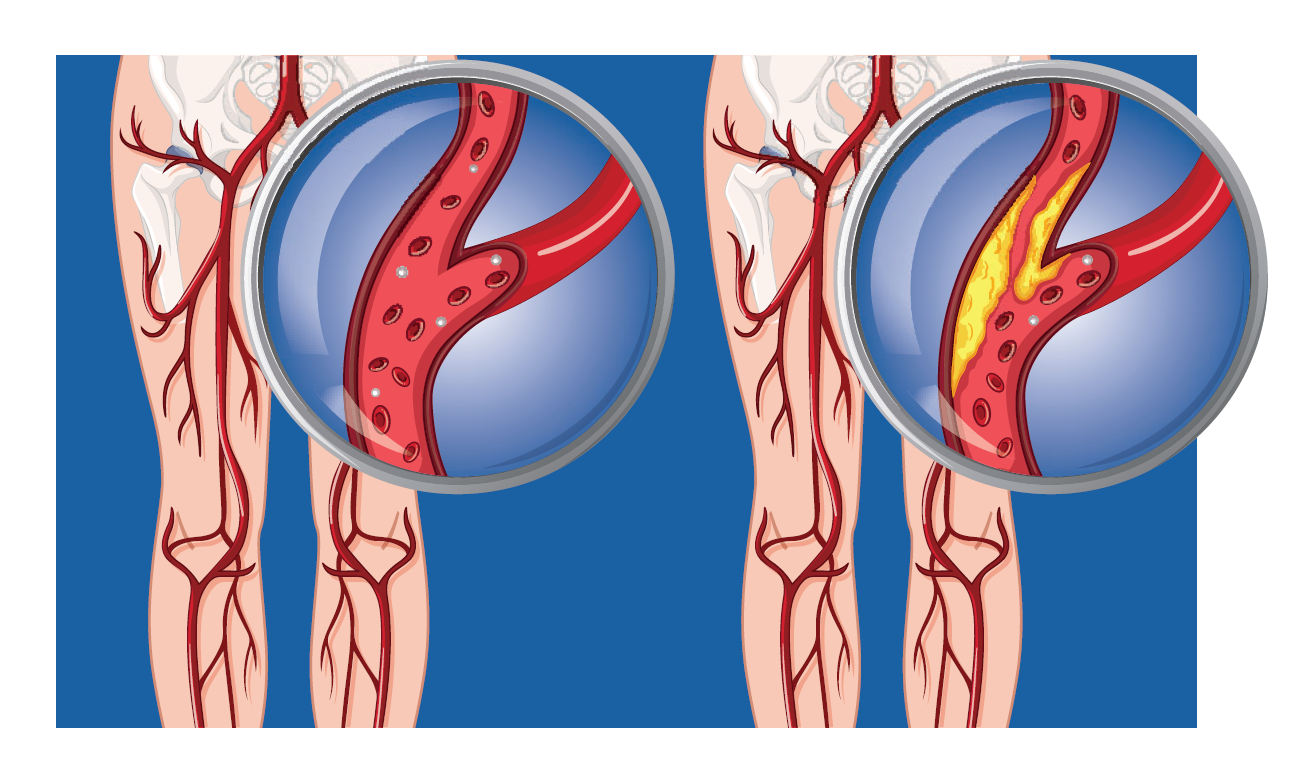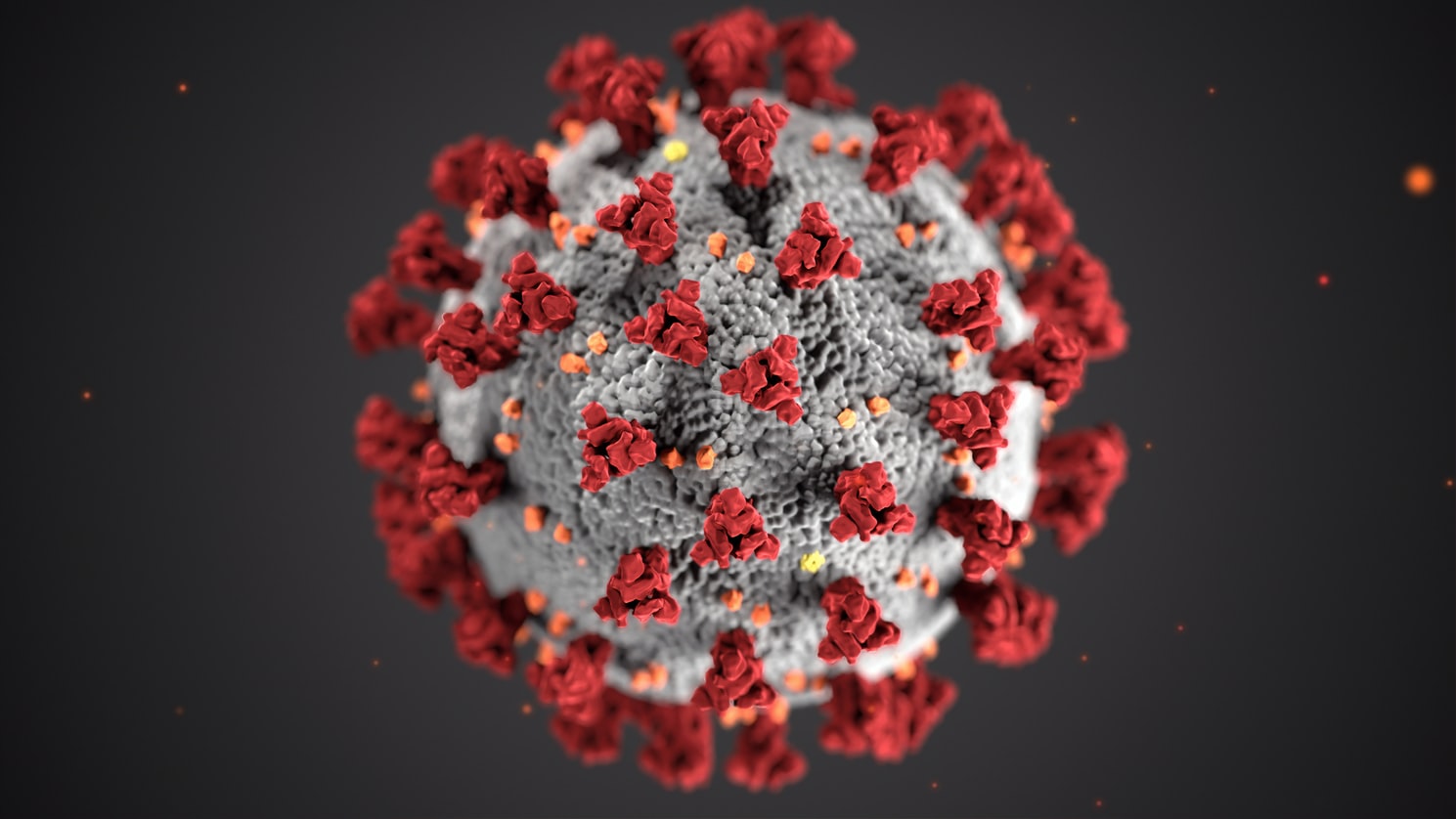
The joys and challenges of pregnancy
Pregnancy is a time filled with elation and, truth be told, a bit of trepidation, too – with good reason. Your body changes in so many ways that it can be a little overwhelming, particularly to first-time expectant moms. One change that tends to take women by surprise is the development of varicose veins in the legs, and pelvic and labial veins. It’s a not-so-welcome fact of life for upwards of 50 percent of pregnant women. Luckily, there are ways to manage and possibly minimize your varicose veins.
Veins and Pregnancy
The veins’ job is to pump blood from your extremities back up to your heart – a task that gets tough during pregnancy for several reasons. First, during pregnancy your body produces a significant amount of extra blood, which is used in the development of the placenta to help your baby grow. Studies show the amount of blood in a woman’s body increases by 40 to 45 percent during her pregnancy. Non-pregnant women typically have about 100 milliliters of blood per minute flowing through the uterine artery. By just the sixth week of pregnancy, that amount increases to 120 ml, and by the third trimester, blood flow hits 350 ml per minute.
All that extra blood adds to the burden placed on your veins. Meanwhile, your growing uterus places pressure on your inferior vena cava (the large vein on the right side of your body), in turn creating even more pressure in your leg veins. And a boost in your progesterone levels causes the walls of your blood vessels to relax. Each of these changes contributes to the development of varicose, pelvic and labial veins. They’re increasingly common in women who have had multiple pregnancies, carry twins or higher multiples, are overweight or stand for long periods of time.
Tips for minimizing varicose veins during pregnancy, St. Johns Vein Clinic founder Dr. James St. George offers these tips:
- Exercise daily. Just a quick walk around the block can help keep your blood pumping.
- Don’t go overboard with “eating for two.” Keep within the recommended weight range for your stage of pregnancy.
- Elevate your feet and legs whenever possible. Rest them on a stool or box when you’re sitting, and on a pillow while lying down.
- Don’t cross your legs or ankles when sitting.
- Avoid sitting or standing for long periods. If either is a must, be sure to take breaks to move around.
- Sleep on your left side. Wedge a pillow behind your back to keep yourself tilted to the left and elevate your feet with a pillow. This helps relieve the vena cava of the weight of the uterus, thus decreasing pressure on the veins in your legs and feet.
- Wear graduated-compression stockings available from medical supply stores and pharmacies. They’re tight at the ankle and get looser as they go up the leg, making it easier for blood to flow back up toward your heart and limiting swelling.
The good news is that varicose veins typically improve within three to four months after giving birth, though it can take longer in some cases, particularly after multiple pregnancies. If your condition doesn’t improve, consult your vein specialist to find out when it’s safe to undergo varicose vein treatments like endovenous ablation or sclerotherapy. Call 877-640-VEIN (8346) to schedule a consultation at Jacksonville’s St. Johns Vein Clinic.



